Early gut maturation in piglets
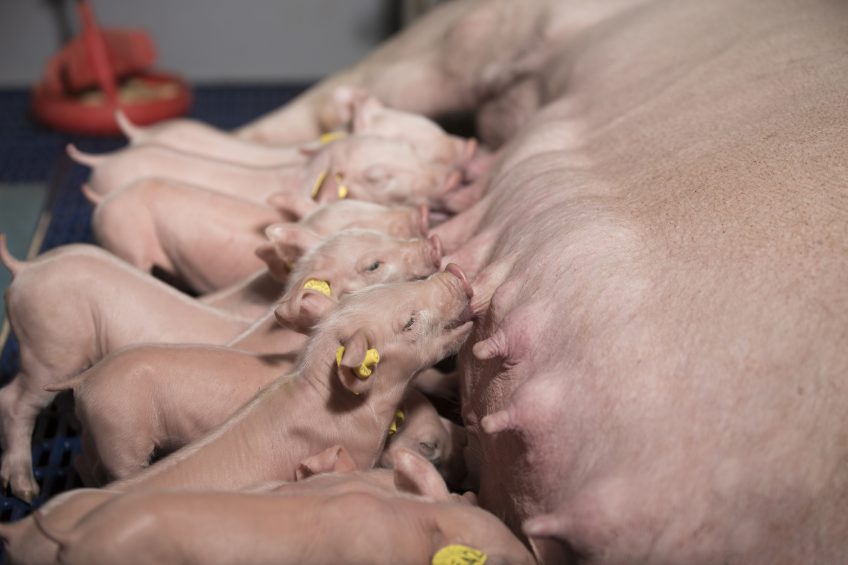
The gastro-intestinal tract (GIT) of the young piglet is a very complex environment. Pathogens and toxins should be kept out while active and passive nutrient absorption should be ensured. Modern high prolific sows are putting a lot of stress on this ingenious system. Therefore, focusing on an optimal colostrum intake combined with a specially designed creep feed like Babito will lead to a faster maturation of the gut with a smoother weaning process as a consequence.
Maturation of the piglets GIT is a process which already starts in the prenatal period, speeding up shortly after birth (neonatal) to continue in the post weaning phase. During gestation, the GIT undergoes several morphological and functional changes mediated by hormones, growth factors and luminal factors/products. An increase in cortisol levels coincides with the development of stomach acid, gastrin secretion and enzyme activities.
Ingestion of amniotic fluid by the foetus also modulates prenatal GIT development but appears to be less important. Villi start to develop in the small intestine in an early stage of gestation, followed by the crypts in later stage. Epithelial cells in the small intestine will differentiate among others to enterocytes enabling the piglet to absorb amino acids, sugars, ions, lipids, etc…. In contrast to the relatively well developed small intestine, the colon undergoes its maturation mostly starting two weeks after birth.
Neonatal maturation
After birth the GIT undergoes a big transformation (Table 1). A study reported that the height of duodenal enterocytes increased from 14.6 µm at birth to 20.0, 25.7 and even 33.7 µm at postnatal day 3, 7 and 14 respectively. This impressive growth and development together with the biological functioning of the GIT is determined predominantly by the composition and the amount of colostrum and milk.
Unlike in humans, the maternal and foetal circulation systems are separated by epithelial layers (epitheliochorial placenta). This makes the immunity transfer of maternal immunoglobulin G (IgG) through the placenta hard. Since reports indicate that the transfer route (placenta or colostrum) doesn’t influence the IgG quality it is essential to feed as much colostrum as possible to the neonate piglet. The absorption of the IgG macromolecule should be finished before gut closure (within the first 24h after birth). Colostrum is also a source of indispensable nutrients and energy for the piglets, being born with low energy reserves. Finally, it will keep the maturation of the GIT ongoing, as it provides bio-active substances such as lactoferrin, lysozymes, lactoperoxidase, epidermal growth factor and insulin-like growth factors.
Increasing colostrum production
A smooth farrowing process is indispensable for efficient colostrum production. Providing adequate high-fibre diets at the end of gestation and beginning of lactation exert a laxative effect and will reduce the risk of constipation. Calcium is in high demand for colostrum/milk production and is mainly being mobilised from the bones. Proper attention to the electrolyte balance in the sow feed will ensure sufficient calcium mobilisation.
Research also showed that sows losing body condition produce less colostrum. Therefore, the general advice is to feed sows according to their nutritional needs and their condition. Another good practice to promote piglets’ colostrum intake is split-suckling.
Creep feed designed for gut maturation
As colostrum/milk intake becomes limiting for today’s piglets, it is essential that the neonatal GIT maturation is continued by the support of early solid feed intake. Continuous research at Nuscience showed that even the world wide acknowledged creep feed Babito could be improved by adding specific bioactive compounds originating from milk, resulting in an extra 9% higher villus length at 14 days of age (Figure 1).
In addition, the proliferation of good bacteria such as Lactobacilli is stimulated and the pathogenic Enterobacteriaceae load is reduced. Moreover, due to the carefully selected raw materials in Babito, the acid and enzyme secretion is stimulated, leading to a better adaptation to vegetal raw materials resulting in higher performance in later life (Figure 2).
Conclusion
Accurate sow feeding combined with early solid feed intake (Babito) of piglets will help the maturation of the gastro-intestinal tract of young piglets, ensuring good and healthy growth and smoothening the transition around weaning.
References available on request
By Bart Matton, Product Manager Pigs, Nuscience
 Beheer
Beheer
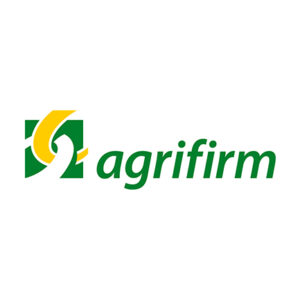
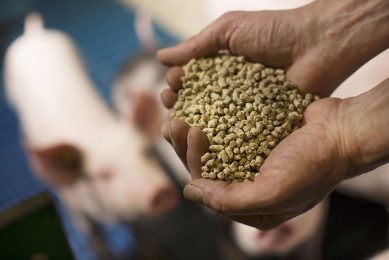
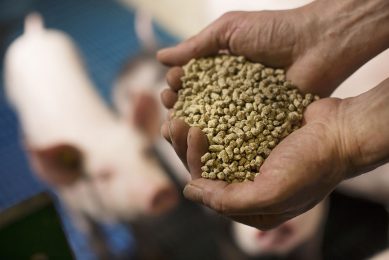
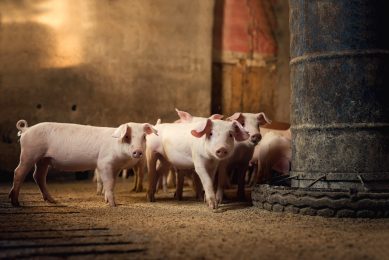
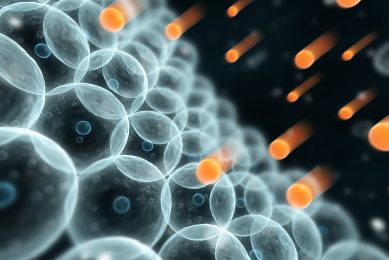
 WP Admin
WP Admin  Bewerk bericht
Bewerk bericht